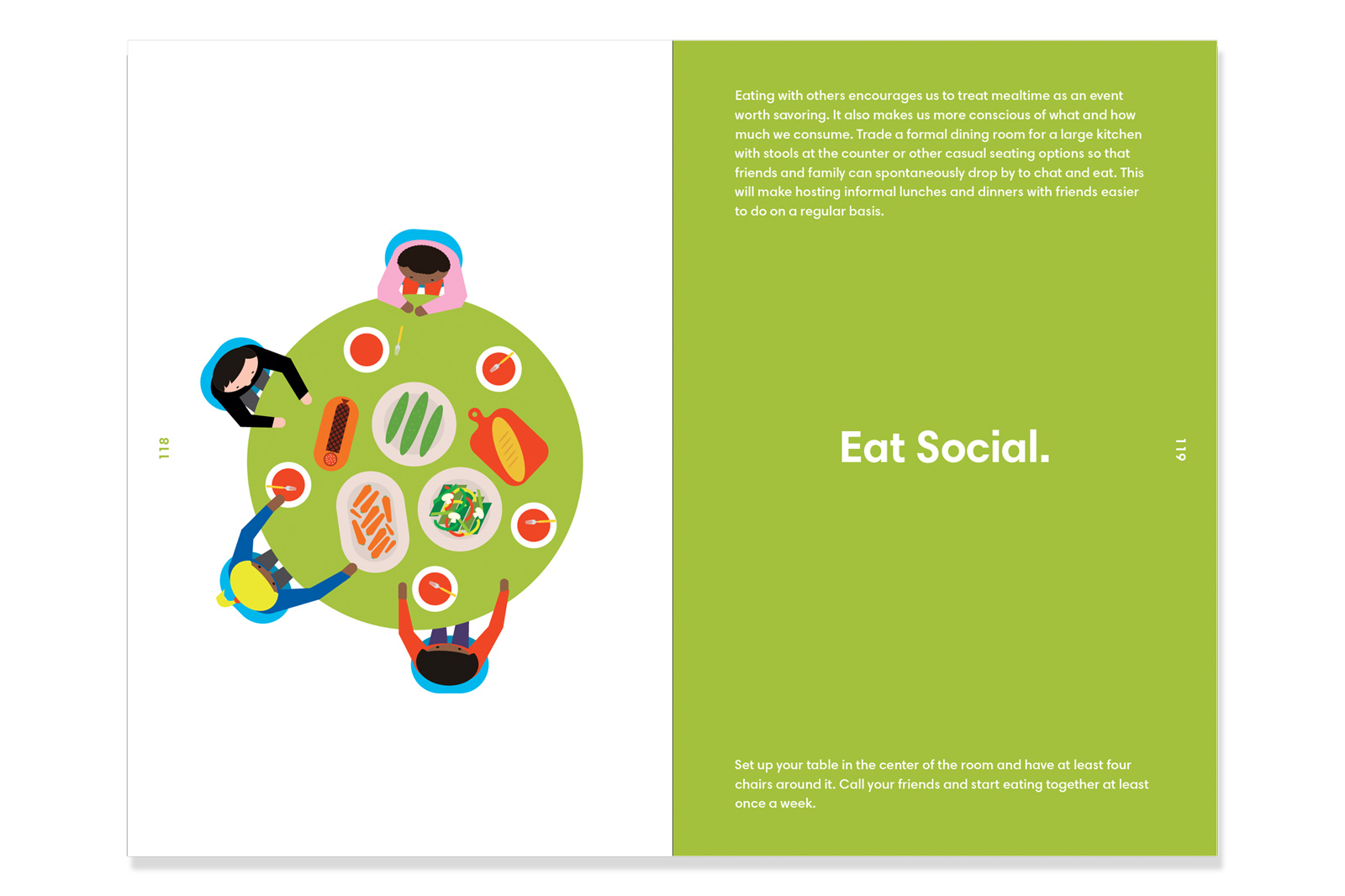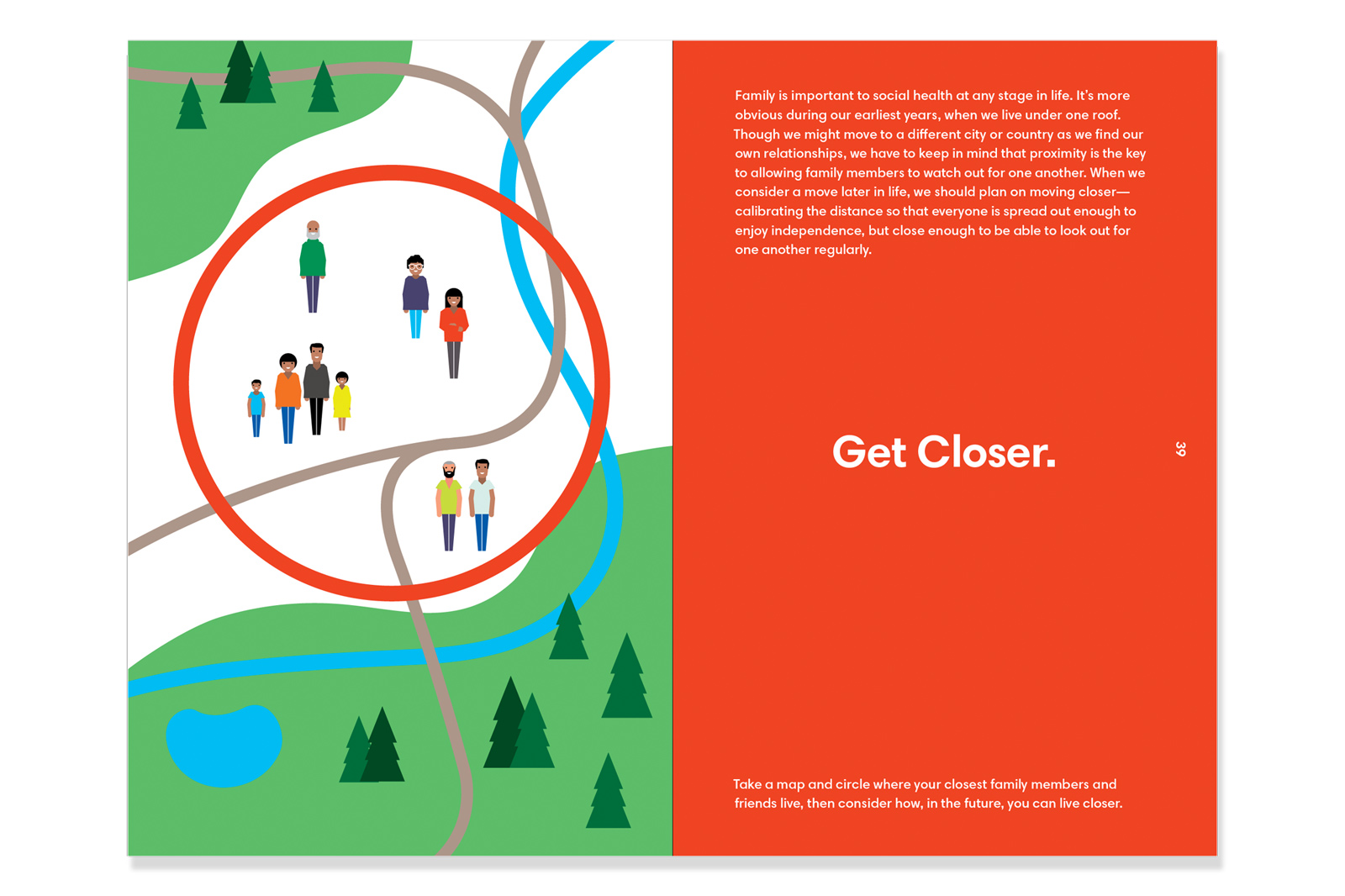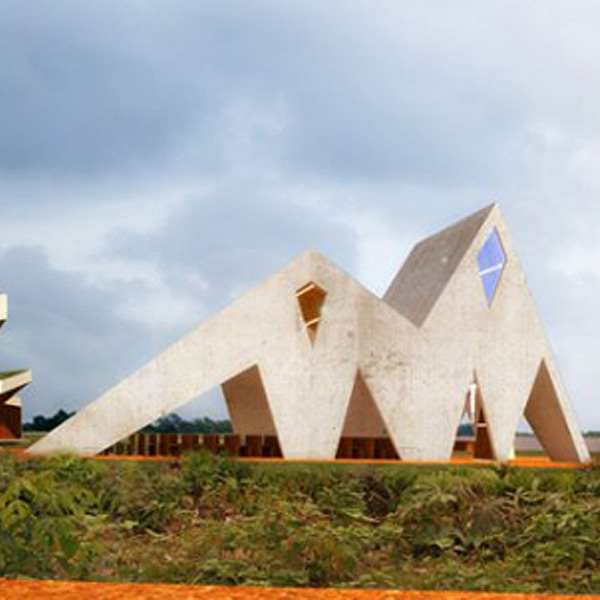“New Aging” Plans for a Multi-Generational Future
A book that serves as a guide to rethinking age and community


The stigma surrounding aging is not a new phenomenon, but it is one that evolves and changes with the times. For many, it’s a fear and with this fear comes judgment. After seven years of research with the University of Pennsylvania, architect Matthias Hollwich, of the acclaimed firm Hollwich Kushner (HWKN), has a few ideas for the betterment of society and its aging members as a whole. He proposes them in his new book “New Aging.” It’s Hollwich’s second book and is built upon a foundation of insightful tips, supported by over a hundred illustrations from Bruce Mau Designs. The new aging concept is direct: incorporate rather than segregate. But it’s the sociological and spatial depths that Hollwich traverses that make it a guide worth looking at now—for all age groups.

“First, of course, we needed to dive into the greater topic of aging,” Hollwich shares with CH on spending seven years on the project. “Altogether, it was overwhelming. It’s a huge task with many different aspects but the hardest portion was to write a book that stays engaging and avoids becoming threatening. Aging is scary and we talk about aging in the negative.” “New Aging” aims to get people to live smarter, younger, and make that lasting. Hollwich believes important habits can be developed early—from breaking down fences in order to connect with neighbors, to eating more slowly—that in turn affect how we perceive the process of growing older and our view of the elderly now. These are also reminders for older individuals who need impetus to reconnect. The broader message, however, is that a new type of integration is necessary.

“Today’s society really focuses on making better nursing homes and assisted living centers and retirement communities. It’s all about putting people in specialized environments,” Hollwich continues. “What keeps us active, social, curious and in the loop, is really living in diversity in terms of age. That is what we have to change. We have to dissolve these boundaries of ages and reintegrate older people into society.” Hollwich argues that everyone will benefit. Networks expand, knowledge exchanges hands, a sense of community is fostered. A large percentage of the population can contribute in both passive and active ways.

All of the Bruce Mau Designs illustrations seek to create access points. “We wanted to make a sense that the book is not mathematic, but has multiple points of inspiration. People can be inspired and read chapter after chapter or pick one page a week. This means the visuals are very important.” It’s their collaborative hope that this book rests on a coffee table and will continue to be flipped through. Not all of the concepts will be applicable to everyone, but the breadth of the research and the directness of its distillation grant plenty of goals for short- and long-term impact.

Hollwich explains, “For me it is very important to acknowledge that ‘New Aging’ is helpful to everyone one of us as individuals. We hope that it will inspire professionals to do everything different in their respective fields. A retailer could be inspired to have a store redesigned to work for older people or an HR manager could get inspired to be less agist.” Furthering this, Hollwich Kushner has an equally grand proposal called Skyler. “For me as an architect, ‘New Aging’ is there to inspire my profession to define buildings differently—with aging in mind. To prove that point we designed Skyler to put all of these ideas and attributes into use.” Skyler is a skyscraper project that offers a cross-section of society, across all ages. It’s designed for a more social life.

“This is an architectural interpretation of the book,” Hollwich concludes. “It incorporates all of the programs and special configurations we address. It’s also not based on the classic sense of beauty, which shifts based on youth culture, but of character. It’s important that society re-acknowledges the value of character.” This is a multi-generational structure, proposing to host some 1,000 inhabitants. Within, one would find everything from a nursery to work stations and homes that accommodate people at all stages in life and ability. It’s more than an application of Hollwich’s research, it’s a potential model for future living.
“New Aging” is available from Amazon for $15. You can also explore more HWKN projects online.
Book images by Cool Hunting, spreads courtesy of Penguin and renderings courtesy of HWKN












